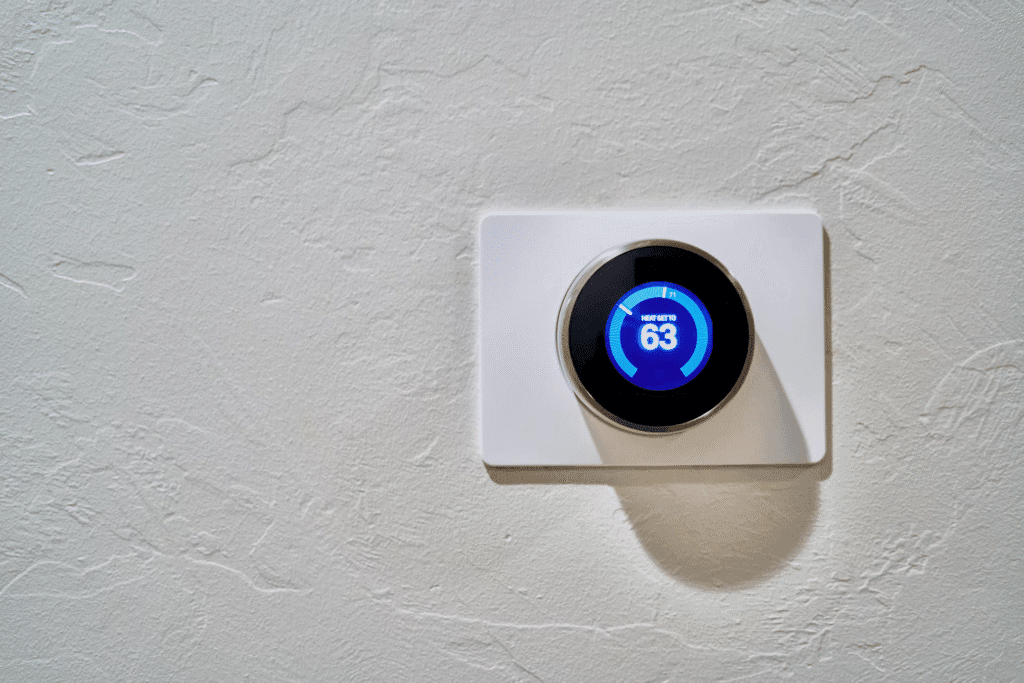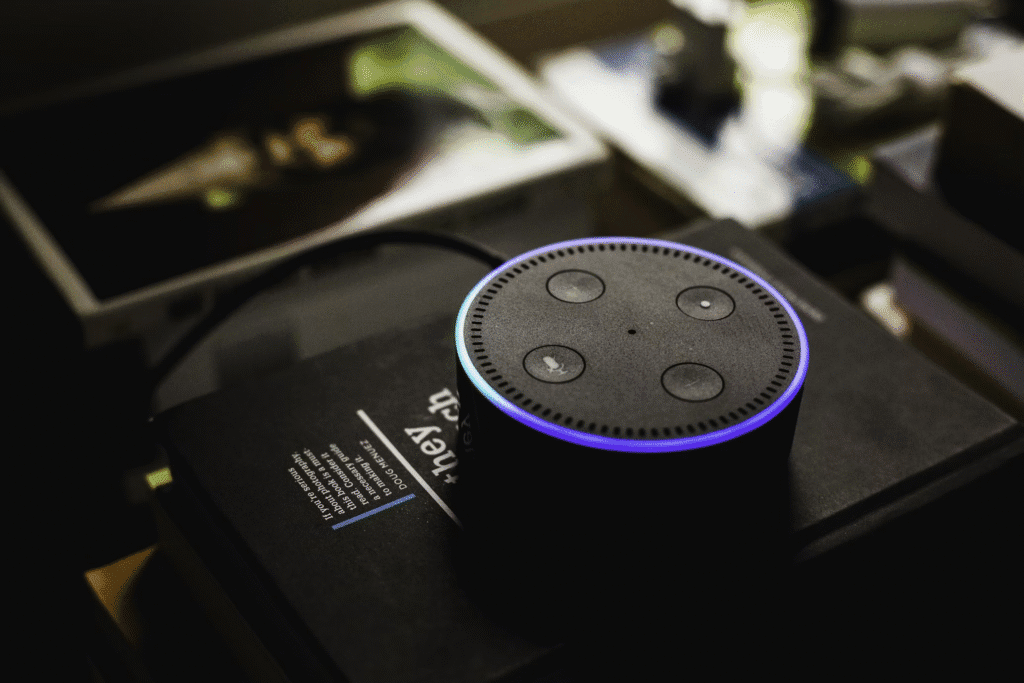What is IoT Security?
IoT security includes protective measures, protocols, and technologies to protect connected devices and networks from cyber threats. Smart devices connect to the internet by the billions each day, making the security of these endpoints crucial for businesses and consumers.
IoT security faces different challenges than traditional cybersecurity. It must address issues unique to devices with limited resources, varied communication protocols, and large-scale deployments. These connected devices often lack strong built-in security features, which makes them tempting targets for cybercriminals.


Why IoT Security Matters
The rapid increase in IoT devices has created a bigger playground for cybercriminals to attack. Recent industry reports show IoT attacks jumped by 300% in 2024, making it clear we need strong security plans right away.
Smart devices gather, send, and keep important information, from personal details to vital business secrets. When security fails, it can lead to
- Stolen data and privacy breaches
- Business slowdowns
- Money losses
- Breaking the rules
- Damage to reputation
Rules and Regulations
Governments around the world are getting tougher on IoT security. The European Union’s Cyber Resilience Act and similar laws in other places set basic security standards for smart devices. These rules say that makers must:
- Build security into the design.
- Update security
- Be open about vulnerabilities.
- Keep security docs up-to-date.
Top IoT Security Threats
1. Botnet Attacks
Botnets pose a major risk to connected devices in the IoT world. Bad actors take over thousands of IoT devices to create powerful networks. These networks can then launch devastating attacks.
Mirai Botnet Legacy: The Mirai botnet attack in 2016 showed how vulnerable IoT devices can be. It took control of over 600,000 devices and caused big internet outages. New versions of this botnet still target IoT devices with weak security.
2. Data Breaches and Privacy Violations
Smart devices always gather personal and sensitive info. Weak encryption and poor access controls make this data easy to steal.
Common Data at Risk:
- Personal identification information
- Location and behaviour data.
- Health and fitness numbers
- Home security video
- Business operation data
3. Device Takeover and Unwanted Access
Weak login methods let hackers get into IoT devices without permission. Once hackers breach these devices, they can gain access to larger network systems.
4. Firmware and Software Weak Spots
Many IoT devices run on old firmware with known security holes. Makers often don’t give updates when needed, leaving devices always at risk.
5. Man-in-the-Middle Attacks
Unprotected communication channels between IoT devices and cloud services give attackers chances to intercept and alter data transmissions.
IoT Security Vulnerabilities
Hardware-Level Vulnerabilities
Getting physical access to IoT devices can reveal major security flaws:
- Unsafe boot processes that enable unauthorised changes to firmware
- Debug interfaces are still accessible on devices ready for sale.
- Side-channel attacks taking advantage of electromagnetic signals or power use patterns
- Hardware tampering is done by changing the device.
Software and Firmware Weaknesses
- Credentials hardcoded into device firmware
- Update mechanisms lacking security are open to tampering.
- Code quality issues leading to buffer overflows and injection weak spots
- Input checks falling short, enabling harmful data processing
Communication Protocol Weak Points
- Data sent without encryption revealing private details
- Some authentication protocols have flaws that allow attackers to bypass them.
- Bugs in the protocol setup are creating security holes to exploit.
- API endpoints without proper safeguards are missing key access limits.
Setup and Rollout Problems
- Default passwords that end users never change
- Unnecessary services turned on by default
- Poor network segmentation that lets attackers move sideways
- Insufficient logging and monitoring make it difficult to detect threats.


Current IoT Security Landscape
Market Statistics and Trends
The global IoT security market has grown, reaching $22.4 billion in 2024, and experts predict it will top $45 billion by 2027. This increase shows that more people understand how vulnerable IoT devices are and recognise the need for strong security measures.
| Year | Market Size (Billions) | Growth Rate |
|---|---|---|
| 2023 | $18.6 | 24.2% |
| 2024 | $22.4 | 20.4% |
| 2025 | $27.1 | 21.0% |
| 2026 | $33.8 | 24.7% |
| 2027 | $45.2 | 33.7% |
Best Ways to Keep IoT Secure
1. Use Strong Authentication
Please implement multi-factor authentication (MFA) wherever possible and remove default login information. Use certificates for devices to talk to each other and handle keys the right way.
Key Authentication Tactics:
- Replace the default passwords with unique and strong ones.
- Set up certificate-based device authentication
- Use hardware security modules (HSMs) for critical apps.
- Set up biometric authentication for user access.
2. Encrypt Data in Transit and at Rest
Put in place end-to-end encryption for all data communications and make sure strong encryption algorithms protect sensitive data storage.
Encryption Best Practices:
- Use TLS 1.3 to protect data in transit.
- Put AES-256 encryption to work for data at rest.
- Switch out encryption keys on a regular basis.
- Check if certificates are genuine.
3. Regular Security Updates and Patch Management
Set up automated update systems and keep all IoT devices up-to-date with the latest security patches.
Update Management Framework:
- Build in over-the-air (OTA) update features
- Try out updates in closed-off settings before rolling them out.
- Keep ways to undo updates if needed.
- Keep an eye on how well updates work and where they fail.
4. Network Segmentation and Access Control
Put IoT devices on different network parts and set up tight access rules based on giving the least needed permissions.
Network Security Steps:
- Set up special IoT VLANs
- Create firewall rules for how devices talk.
- Use network access control (NAC) tools.
- Watch network traffic for odd things.
5. Always Watch and Spot Threats
Use full watching systems to find weird activities and possible security holes right away.
Watching Parts:
- Security information and event management (SIEM) systems
- Network traffic checking tools
- Device behaviour watching
- Weakness scanning tools
IoT Security Plan
Safety-First Way
Implementing security measures from the outset of the design phase ensures device protection throughout their entire lifecycle.
Design Principles:
- Threat modelling during development.
- Secure coding practices
- Regular security testing and validation
- Privacy-by-design implementation
Device Identity and Trust Management
Create strong device identity frameworks to make sure approved devices can access network resources.
Identity Management Components:
- Unique device identifiers
- Digital certificates and PKI infrastructure
- Trust the anchor establishment.
- Identity lifecycle management
Secure Communication Protocols
Use standard secure communication protocols for IoT device interactions.
Recommended Protocols:
- MQTT with TLS encryption
- CoAP with DTLS security
- HTTPS for web-based communications
- LoRaWAN with end-to-end encryption
Industry-Specific IoT Security
Healthcare IoT Security
Medical IoT devices need better security to keep patients safe and follow rules.
Healthcare-Specific Measures:
- HIPAA rules protect patient data.
- FDA cybersecurity guidelines guide device makers.
- Constant checks on devices that keep people alive
- Safe connection to patient health records
Industrial IoT (IIoT) Security
Factories and industrial places face tough problems when they mix old systems with new tech and try to keep everything safe.
IIoT Security Strategies:
- Networks that are isolated from the internet protect crucial systems.
- Ways to get secure access from afar
- Techniques to guard old systems
- Blending cybersecurity with safety systems
Keeping Smart City Infrastructure Safe
City-wide Internet of Things setups need complete safety plans to guard public services and people’s info.
Things to Think About for Smart City Safety:
- Safety models where public and private groups team up
- Steps to protect what citizens want to keep private.
- Guarding key parts of the city’s backbone
- Making sure emergency response systems are secure
Future of IoT Security
Emerging Technologies
Artificial Intelligence and Machine Learning: AI-powered security solutions will boost threat detection abilities and allow for security measures that predict issues.
Blockchain Technology: Distributed ledger technology shows promise for managing device identities and sharing data .
Quantum-Safe Cryptography: As quantum computing grows, IoT security must change to withstand attacks based on quantum tech.
Zero Trust Architecture
The zero trust security model has become key for IoT settings, as it needs ongoing checks of device identity and authorisation.
Zero Trust Implementation:
- Ongoing device authentication
- Micro-segmentation plans
- Risk assessment in real time
- Access control is based on policies.
Edge Computing Security
As processing shifts to the network edge, new security challenges and opportunities crop up.
Edge Security Considerations:
- Security management across distributed systems
- Threat detection abilities at the local level
- Safe communication from edge to cloud
- Security setups with limited resources


Implementation Checklist
Security Assessment Before Deployment
- Do thorough threat modelling.
- Check the security architecture.
- Confirm security testing methods
- Set up plans to respond to incidents.
Setting Up and Deploying Devices
- Switch out all preset login info.
- Turn on encryption for all messages.
- Set up network divisions
- Put monitoring tools in place.
Ongoing Security Upkeep
- Update security and patch regularly.
- Always check for weak spots.
- Train staff on security matters
- Check and review rule-following
Getting Ready to Handle Incidents
- Create IoT-specific incident response plans
- Set up communication guidelines.
- Build forensic investigation skills
- Practise response plans often.
Conclusion
IoT security continues to be a key challenge as smart devices spread across industries and consumer uses. Companies need to adopt full security plans that cover the whole IoT system, from making devices to setting them up and managing them over time.
Success needs a layered approach that mixes technical security steps, company rules, and ongoing watching abilities. As threats evolve, security plans must also adapt to address new vulnerabilities and attack methods.
Investing in strong IoT security now guards against current threats while building strength for future challenges. Companies that focus on IoT security will keep their edge while protecting what matters to stakeholders and following rules.
Commonly asked questions (FAQs)
Why is IoT security relevant? What is it?
IoT security is the set of protective actions and technologies applied to safeguard networks and devices on the Internet of Things from cyberattacks. It’s important since IoT devices can act as access points for more significant network breaches, gather private information, and usually have weak built-in security. Protecting personal privacy and business operations depends on securing these endpoints, given over 75 billion IoT devices are expected by 2025.
Which IoT security risks are most often present The most often occurring IoT security risks consist of: Botnet attacks that take over tools for nefarious use Data leaks reveal business and personal data; device theft occurs via inadequate authentication. Modern software’s firmware flaws Man-in-the-middle attacks intercept data communications. DDoS attacks employing hacked Internet of Things devices
How can I protect my IoT appliances at home?
To guarantee home IoT devices:Make all default passwords strong, distinctive ones.
Turn on automatic security updates where suitable.IoT devices should be connected using a different network—guest network.Review device rights and linked services often.Turn off pointless tools, including voice recording and remote access.
Are there any particular guidelines for IoT security?
Indeed, several rules handle IoT security: The EU Cyber Resilience Act requires connected devices to meet specific security criteria. California SB-327 requires distinct passwords for Internet of Things devices. The UK Product Security and Telecommunications Infrastructure Act establishes minimum security criteria for connected devices. The NIST Cybersecurity Framework includes security recommendations specifically for IoT devices. Industry-specific rules for IoT devices, including HIPAA for healthcare.
How often should IoT devices be updated?
IoT devices should be updated:
- Immediately when critical security patches are released
- Monthly for routine security updates
- Quarterly for comprehensive firmware updates
- Annually for major system upgrades Enable automatic updates when possible, but test critical systems in controlled environments first.
What is the difference between IoT security and traditional cybersecurity?
IoT security differs from traditional cybersecurity in several ways:
- Scale: Billions of devices vs. traditional endpoints
- Resource constraints: Limited processing power and memory
- Diverse protocols: Multiple communication standards
- Physical accessibility: Devices often in unsecured locations
- Lifecycle management: Longer deployment periods with irregular updates
- Heterogeneity: Wide variety of device types and manufacturers
Can IoT devices be completely secure?
While no system can be 100% secure, IoT devices can achieve strong security through:
- Layered security approaches combining multiple protective measures
- Regular updates and patch management
- Strong authentication and encryption
- Network monitoring and threat detection
- Security-by-design principles during development The goal is risk reduction to acceptable levels rather than absolute security.








